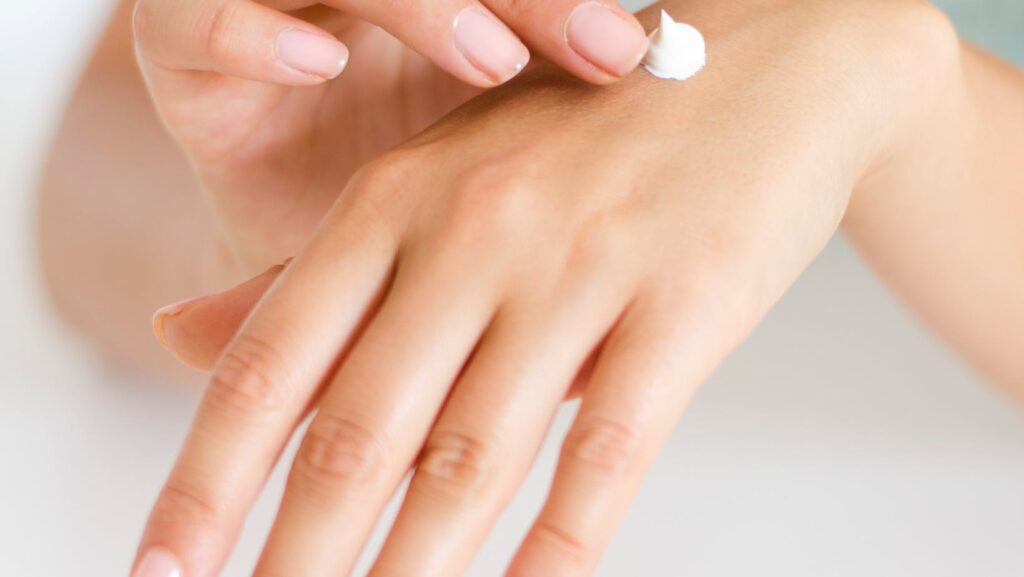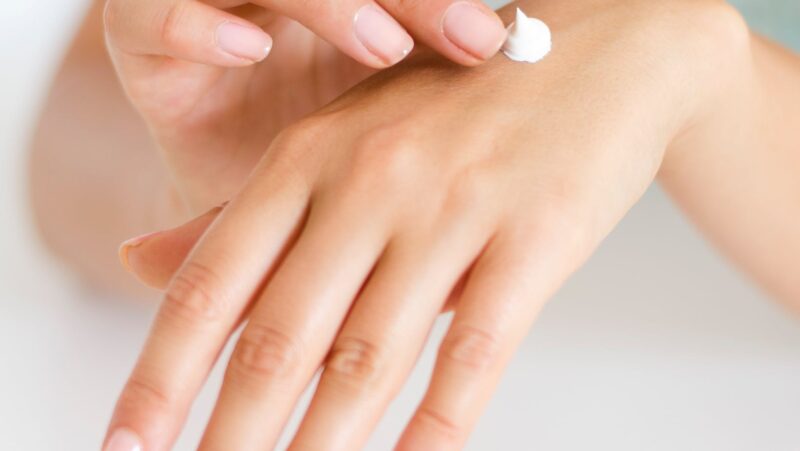
 How Can an Esthetician Help a Client Who Has Edema
How Can an Esthetician Help a Client Who Has Edema
As an esthetician, I’ve come across a variety of skin conditions and concerns over the years. However, one issue that often flies under the radar is edema – essentially a build-up of fluid in the body’s tissues which can lead to puffiness, swelling, and discomfort. It may not be as widely discussed as acne or aging skin issues, but it’s something that many clients deal with on a regular basis.
So how can an esthetician help a client who has edema? Well, first off, it’s vital to understand what we’re dealing with. Edema is usually caused by underlying health conditions like heart disease or kidney failure; it could also arise due to injury or pregnancy. While I’m not a doctor and don’t diagnose medical conditions, my training allows me to recognize signs of possible edema.
Armed with this knowledge, there are several ways I can assist clients experiencing this condition. By incorporating massage techniques designed to stimulate lymphatic drainage into facial treatments for instance, I can help reduce swelling and promote healthier skin circulation.
Remember though – while estheticians play a crucial role in managing skincare issues like edema through specialized treatments and product recommendations, we are part of your overall wellness team. Always pair our services with guidance from health professionals to ensure you’re treating any underlying causes of edema effectively.
What is Edema?
If you’ve ever noticed swelling in your body, particularly in your legs, feet, or hands, you may have experienced edema. It’s a common condition where excess fluid gets trapped in your body’s tissues. But let me clarify – it’s not always a cause for alarm! Often, it can be due to sitting or standing for too long.
However, sometimes edema might indicate more serious underlying health problems such as heart disease, kidney disease or cirrhosis of the liver. In these cases, fluid builds up because it’s harder for your body to get rid of excess water and salt.
Here are some key signs of edema:
- Noticeable swelling
- Stretched or shiny skin
- Skin that retains a dimple after being pressed for several seconds
It’s important to understand that there are different types of edema. For instance:
- Peripheral Edema affects the legs, ankles and feet.
- Pulmonary Edema involves fluid buildup within the lungs.
- Cerebral Edema refers to swelling in the brain.
Each type has its own set of causes and potential treatments – but that’s another story altogether!
Now you might wonder why I’m talking about this medical term on an esthetician blog? Well folks, understanding conditions like edema can help us provide better skincare solutions tailored to our clients’ needs! We’ll dive into how exactly an esthetician can assist those with edema later on this article so stay tuned!

Causes of Edema
Sometimes, it’s the little things that can make a big difference. Such is the case with edema – a medical term many may not be familiar with but nonetheless has significant implications for an individual’s health and wellbeing. In essence, edema is swelling caused by excess fluid trapped in your body’s tissues.
Edema can occur for a variety of reasons. One common cause is venous insufficiency, where the veins in your legs are unable to adequately pump blood back up to your heart. This can result in fluid buildup in those areas.
Likewise, it could be due to a more systemic issue like heart failure or kidney disease. With these conditions, you might see generalized edema throughout the body as fluids start accumulating because of poor circulation or inability to properly filter extra fluids out.
Certain medications can also lead to edema. These include high blood pressure drugs like calcium channel blockers and pain relievers such as ibuprofen and naproxen.
Finally, let’s not forget about pregnancy – another prevalent cause of edema! As the uterus expands during pregnancy, it puts pressure on the vena cava (a large vein on the right side of your body), which can sometimes lead to swelling in the legs and feet.
Here’s a quick rundown of some common causes:
- Venous insufficiency
- Heart failure
- Kidney disease
- Certain medications
- Pregnancy
Understanding these causes helps us appreciate why professional care from an esthetician can be so critical for clients dealing with this condition!
The Role of an Esthetician in Managing Edema
I often get asked about the role of an esthetician when it comes to managing edema. Let’s delve into this topic and discover how these professionals can make a significant difference.
Edema, for those who might not know, is swelling caused by excessive fluids that are trapped in your body’s tissues. It’s actually more common than you’d think, affecting many people worldwide, especially those with certain health conditions.
Primarily, the role of an esthetician revolves around skin care. But did you know they’re also trained to deal with issues like edema? That’s right! Not only do they provide pampering and beautifying treatments, but they also offer therapeutic services that help manage various skin-related conditions.













